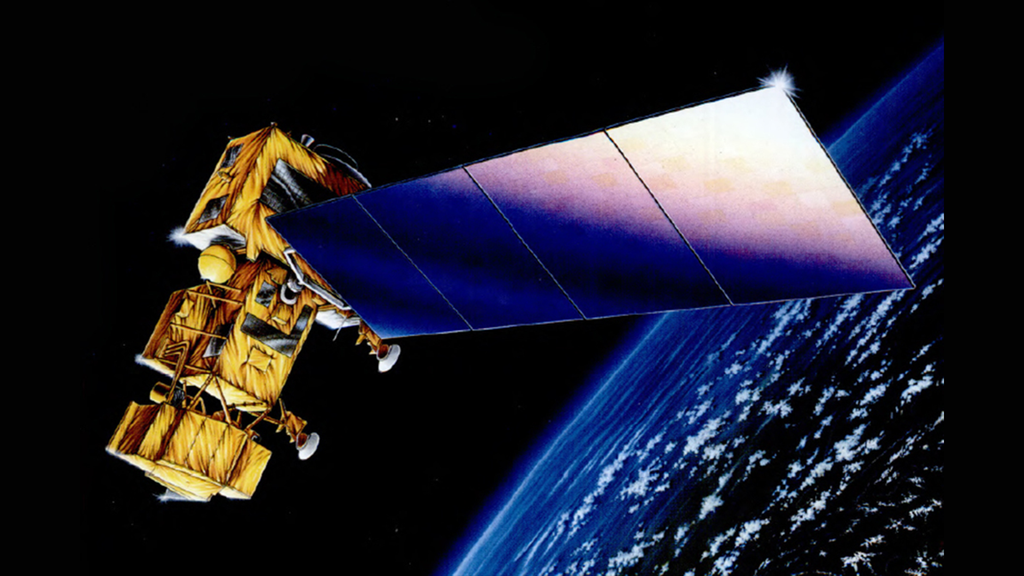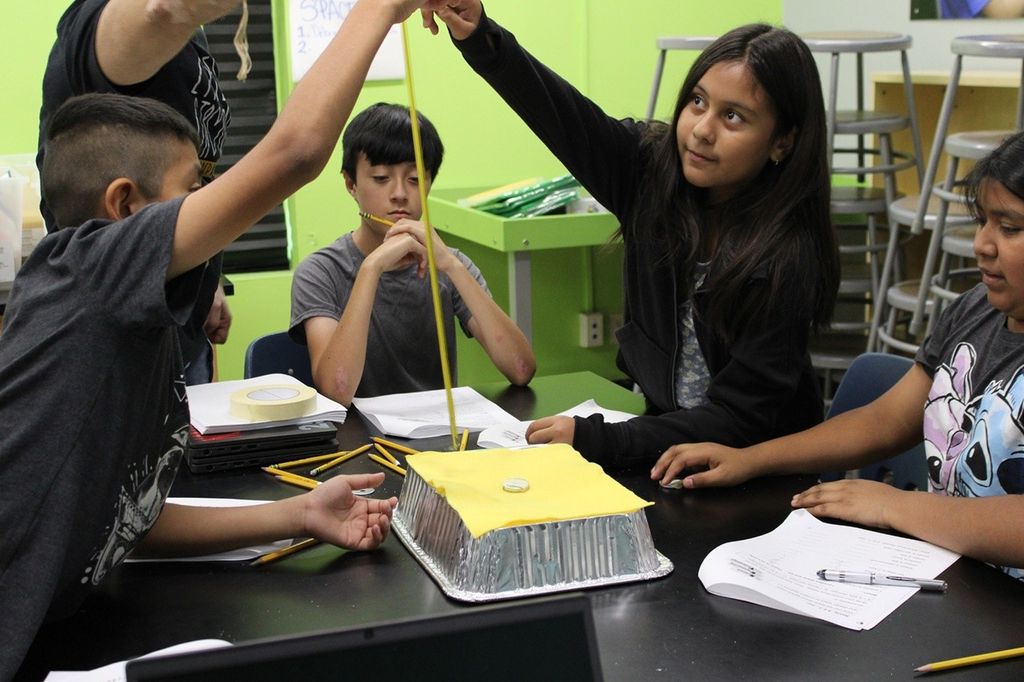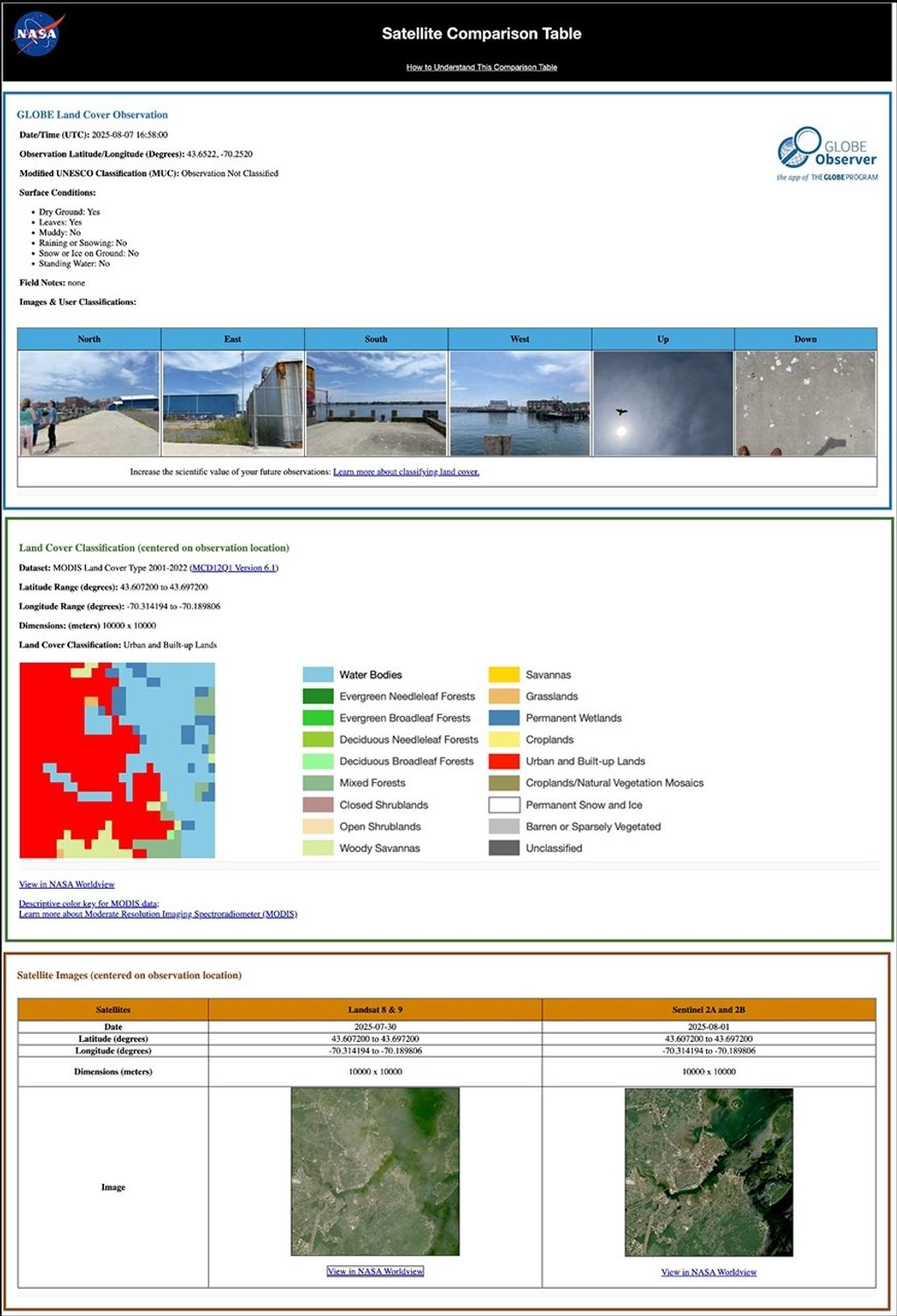Science Interest Group
Habitable Worlds Observatory
The Habitable Worlds Observatory Science Interest Group (HWO SIG) offers an opportunity for researchers across all career stages studying signatures of life on planets outside of our solar system.
About HWO SIG
Exploring the Universe
HWO will be the first telescope designed specifically to search for signs of life on planets orbiting other stars. With a powerful set of instruments, it will also provide a platform for transformational astrophysics.
"Inspired by the vision of searching for signatures of life on planets outside of our solar system, and by the transformative capability such a telescope would have for a wide range of astrophysics, the priority recommendation in the frontier category for space is a large (~6 m diameter) IR/O/UV telescope with high-contrast (10-10) imaging and spectroscopy. This is an ambitious mission, of a scale comparable to the HST and JWST space telescopes. It is also one that will be revolutionary, and that worldwide only NASA is positioned to lead." (Text source: Decadal Survey on Astronomy and Astrophysics 2020 [Astro2020])
Learn more about the Habitable Worlds Observatory about Exploring the UniverseNews & Events

We would like to invite you to our next virtual seminar: Wednesday, December 3rd, at 10:00 am PT / 1:00 pm ET / 6:00 pm BST / 7:00 pm CET. This is an excellent opportunity to stay informed on the…

Agenda Topic Speaker HWO SIG Welcome Vivian U Update from TMPO Giada Arney SAG Process Karl Stapelfeldt SAG Highlight #1: UV IFU Emily Witt SAG Highlight #2: Exozodi John Debes Walk on Discussion Laura Mayorga Seminar Connection Join the Seminar
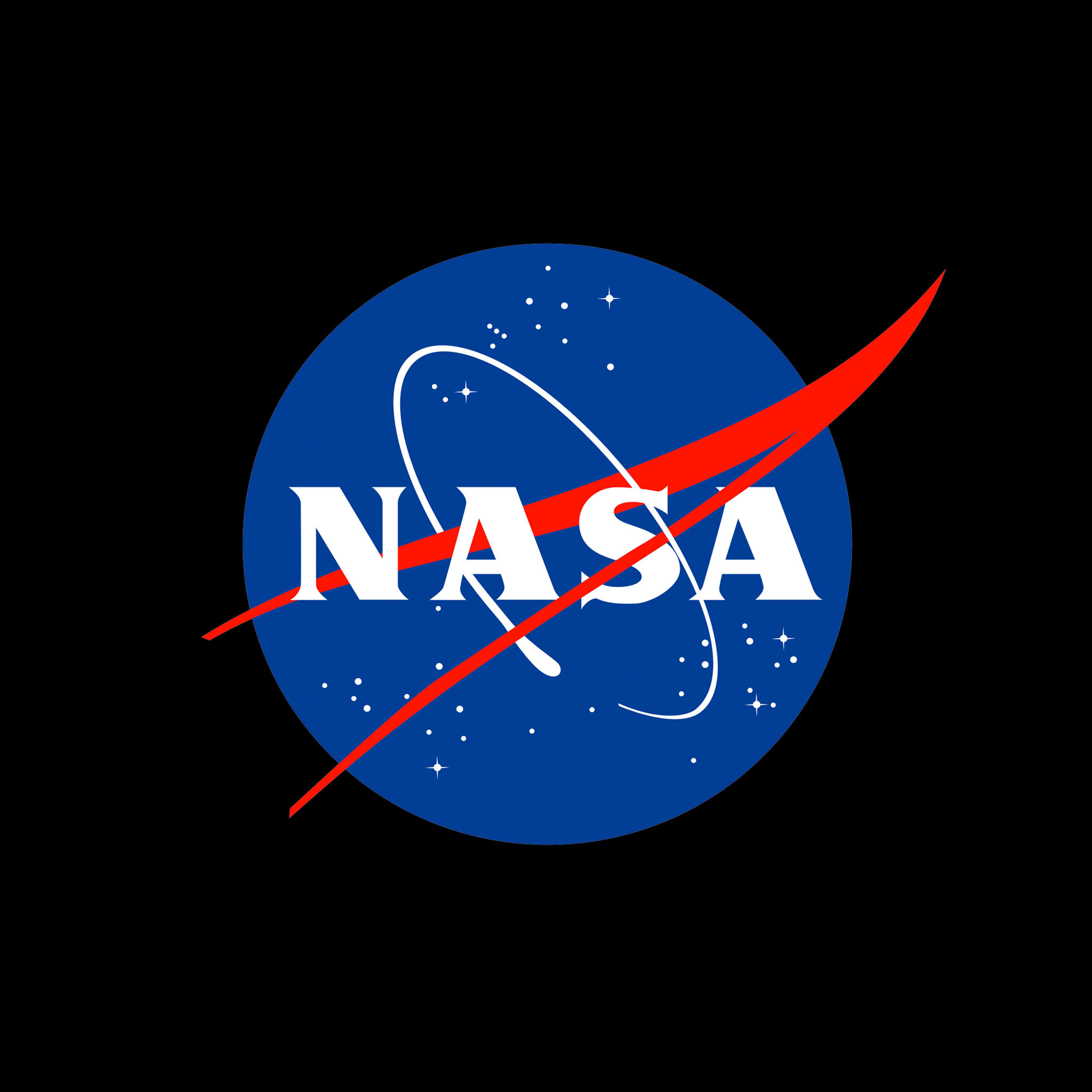
Habitable Worlds Observatory Seminar October 8th 2025, 10:00am PT /1:00pm ET We would like to invite you to the first Habitable Worlds Observatory Science Interest Group (HWO SIG) virtual seminar on Wednesday 8 October 2025 at 10a Pacific (1p Eastern). This seminar will feature…

Building on the foundation of the Habitable Worlds Observatory (HWO) Technology Maturation Project Office (TMPO), NASA is now establishing the HWO Community Science & Instrument Team (CSIT). This team is crucial for bringing the expertise of the scientific community directly…

Leadership Applications Solicited for new Habitable Worlds Observatory Cross-PAG Science Interest Group (DEADLINE: June 20, 2025) You can apply by filling out the Google form at https://tinyurl.com/HWOSIG. The Habitable Worlds Observatory is a NASA flagship mission concept that would find…

Leadership Applications Solicited for new Habitable Worlds Observatory Cross-PAG Science Interest Group (DEADLINE EXTENDED: June 20, 2025) You can apply by filling out the Google form at https://tinyurl.com/HWOSIG. The Habitable Worlds Observatory is a NASA flagship mission concept that would…
Leadership Council
| Name | Institution | Program Analysis Group |
|---|---|---|
| Joe Burchett | New Mexico State University | Cosmic Origins |
| Jessie Christiansen | IPAC/NExScI | Exoplanet Exploration |
| Richard Massey | Durham University | Physics of the Cosmos |
| Laura Mayorga | JHU/APL | Exoplanet Exploration |
| Fabio Pacucci | CfA | Physics of the Cosmos |
| Vivian U | IPAC | Cosmic Origins |
Ultraviolet Astrophysics
Ultraviolet wavelengths are important to answer many questions in astrophysics. In addition to being sensitive to optical and near-infrared, Habitable Worlds Observatory will be sensitive to ultraviolet light.
How to Participate
We invite participation from the community, particularly from early-career researchers and those from under represented backgrounds in astronomy. Please contact us for more information about our activities and mission, and how you can get involved.
Contact Us about How to Participate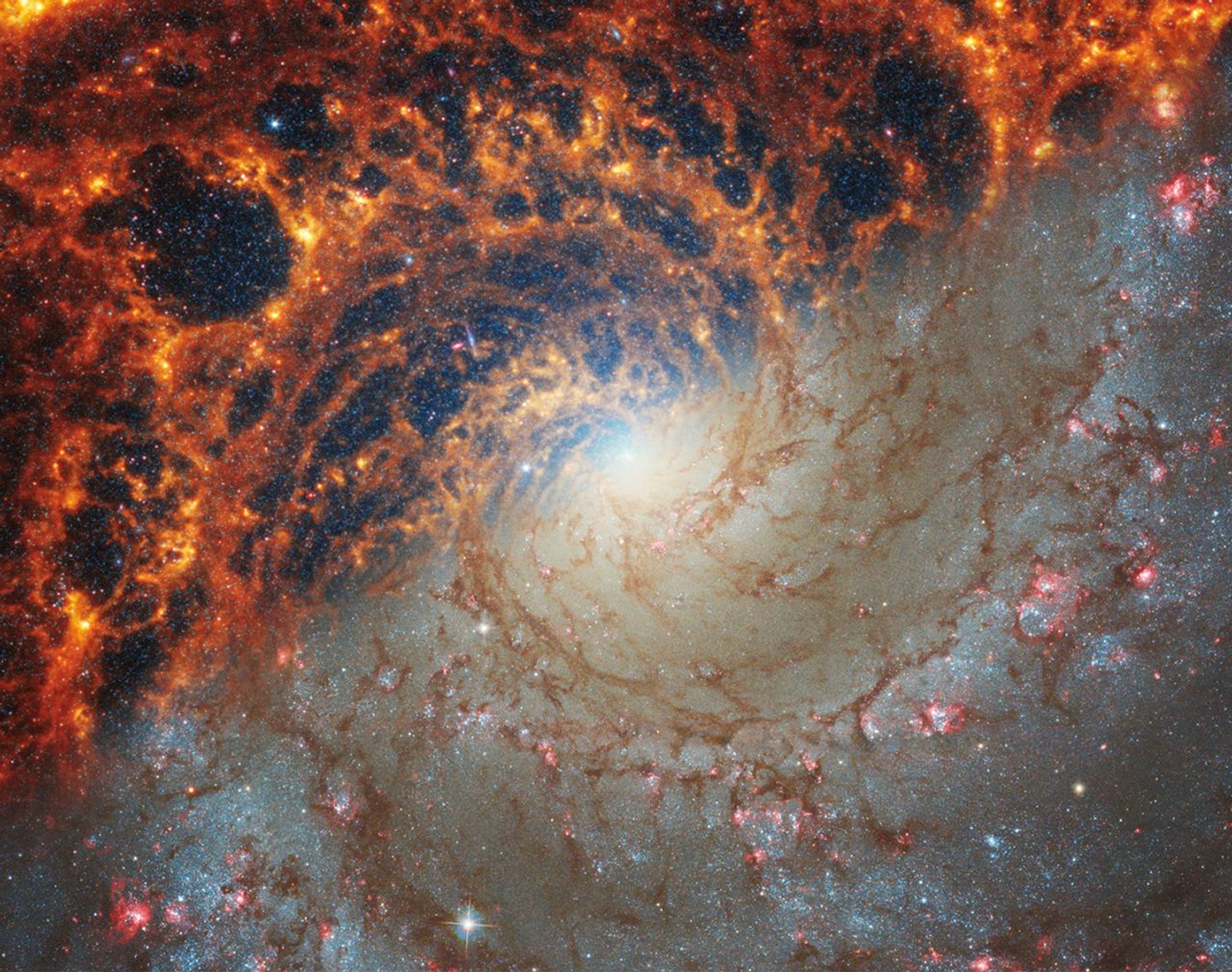
News Straight to Your Inbox
Subscribe to your community email news list
We will never share your email address.










